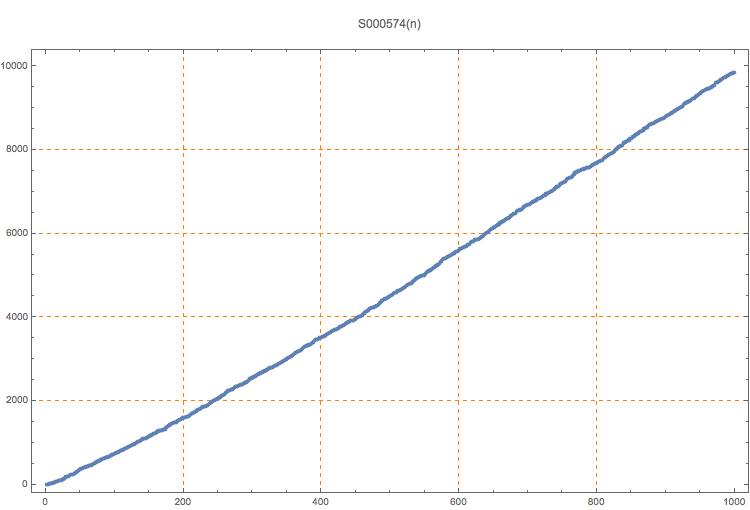Primes p for which there is more than one base in which p is palindromic.
2, 5, 7, 13, 17, 23, 29, 31, 37, 41, 43, 59, 61, 67, 71, 73, 83, 89, 97, 101, 107, 109, 113, 127, 131, 151, 157, 173, 181, 191, 193, 197, 199, 211, 227, 229, 233, 239, 241, 251, 257, 271, 277, 281, 307, 313, 331, 337, 349, 353, 373, 379, 383, 397, 401, 409
1
It appears that roughly 80% of primes are in this sequence. Sequence A016038 gives the numbers for which n is palindromic in only one base.
T. D. Noe, Plot of 1000 terms
T. D. Noe, Table of 1000 terms
Eric W. Weisstein, MathWorld: Palindromic Number
(Mma) nn = 500; t2 = Table[Length[Position[Table[s = IntegerDigits[n, m]; s == Reverse[s], {m, 2, n - 1}], True] + 1], {n, 3, nn}]; t3 = Flatten[Position[t2, 1]] + 2; Complement[Prime[Range[PrimePi[nn]]], t3]
nonn
T. D. Noe, Apr 13 2015
